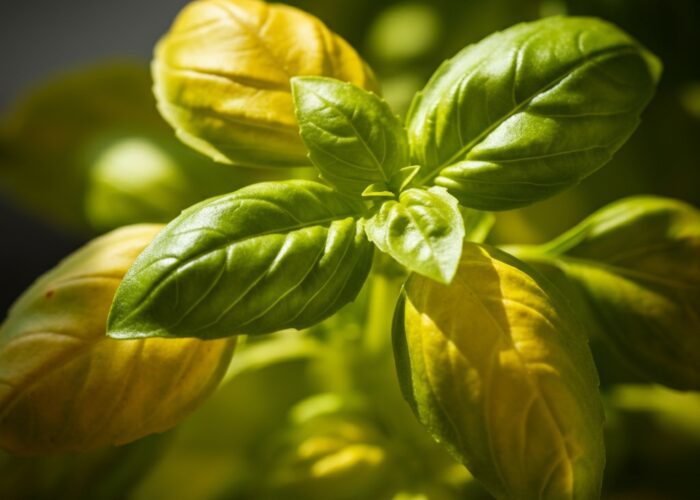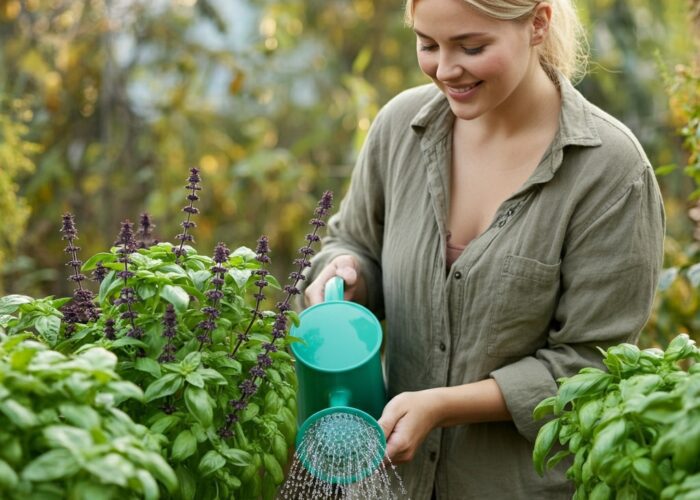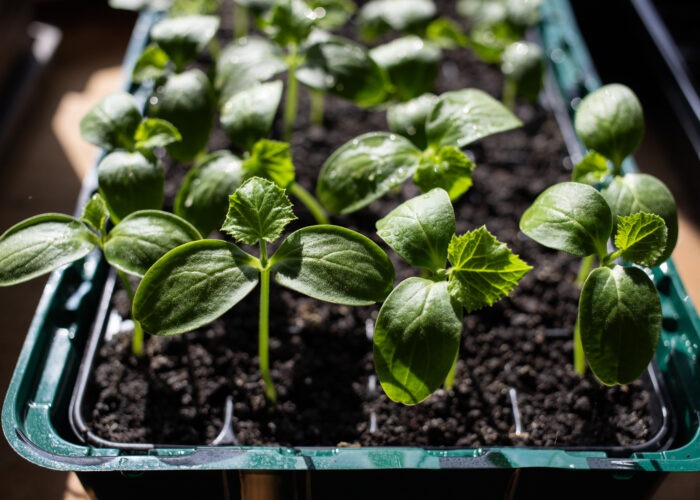Why Are Your Basil Leaves Wilting? Here’s How to Fix It
If you’re growing basil at home, you’re not alone — it’s one of the easiest and most rewarding herbs for beginner gardeners. But despite being low-maintenance, basil isn’t immune to problems. One common issue? Wilting leaves.
If your basil is starting to droop, don’t panic. The cause is usually simple, and with a little attention, your plant can bounce back in no time. Let’s look at why basil leaves wilt and what you can do to keep your plant thriving.
The Most Common Reason: Dry Soil
Wilting is often your basil plant’s way of saying, “Water me!” Dry soil is the number one cause of droopy, curling, or yellowing basil leaves. If the soil feels dry to the touch, especially the top inch, give your plant a good drink — water at the base until it drains from the bottom of the pot.
But don’t overdo it. Too much water can drown the roots, limiting oxygen and leading to root rot or fungal issues. If your basil’s in soggy soil or a pot without drainage, that might be the real issue.
Once you’ve identified the cause, you can take steps to revive and protect your plant. Start by checking the soil. Stick your finger about an inch deep — if it’s dry, water the plant thoroughly at the base (not on the leaves) until excess water drains out. If it’s still moist, hold off on watering. Basil prefers soil that’s consistently moist, not soggy.
Other Possible Causes
If you’ve ruled out underwatering and overwatering, consider these possibilities:
- Disease: Look for gray fuzz under the leaves (downy mildew), brown streaks on the stem (Fusarium wilt), or black spots (cold damage).
- Pests: Aphids and spider mites love basil. Check under the leaves for tiny invaders.
- Sunlight stress: Basil needs 6–8 hours of sunlight daily. Too little or too much can cause drooping.
- Transplant shock or weather changes: Sudden changes in environment can temporarily stress the plant.
How to Prevent Wilting
Once you’ve nursed your basil back to health, here are some easy steps to keep it happy:
Check the soil regularly. Only water when the top inch is dry.
Give it the right light. 6 to 8 hours of sunlight a day is ideal.
Choose the right pot. Use a pot with drainage holes — ideally clay or ceramic — and make sure it’s big enough (at least 12 inches wide).
Prune often. Snip the top leaves to encourage growth and remove any browning ones.
Watch for pests and disease. Act quickly if you notice anything unusual.
Basil may be easy to grow, but like any plant, it still needs the right care. With a little attention to watering, sunlight, and pot size, you can keep your basil lush, leafy, and ready for all your favorite recipes.









